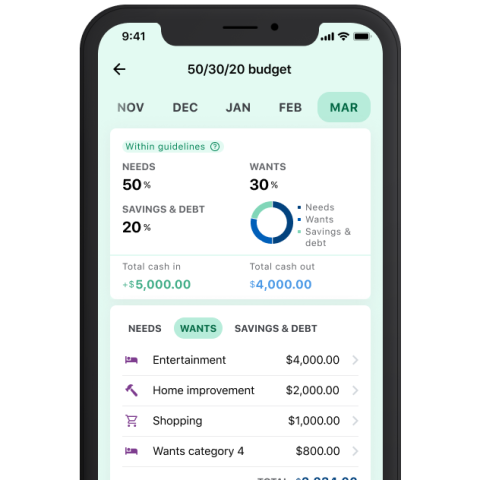June Job Growth Slowed, but Labor Market Remains Strong

Many or all of the products featured here are from our partners who compensate us. This influences which products we write about and where and how the product appears on a page. However, this does not influence our evaluations. Our opinions are our own. Here is a list of our partners and here's how we make money.
The U.S. had another strong month for employment in June, according to the latest jobs report released by the Bureau of Labor Statistics (BLS) on Friday.
There are some signs of slackening, but not likely enough to satisfy the Federal Reserve and curb a federal funds rate hike later this month.
Key takeaways from the June jobs report:
Unemployment remains low. Unemployment declined just slightly from 3.7% in May to 3.6% in June. The unemployment rate has stayed within the range of 3.4% to 3.7% since March 2022.
Job growth is slowing. The number of jobs added in June — 209,000 — came in under expectations: Economists polled by Reuters on Thursday estimated 225,000 jobs were added in June.
Prime-age employment reaches another high. The employment rate for prime-age workers 25-54 reached its highest level since 2001. That means a significantly higher portion of the population is currently working compared with the previous two decades.
The government is hiring quickly. The majority of job gains were found in both state government (+27,000) and local government (+32,000). The BLS notes that overall, the government has added an average of 63,000 jobs per month so far in 2023, compared with 23,000 jobs per month in 2022.
Three industries saw significant job growth: health care (+41,000); social assistance (+24,000); construction (+23,000).
Jobs declined in three areas: retail (-11,000); temporary help (-13,000); transportation and warehousing (-7,000).
Black unemployment ticks up again. After Black unemployment reached a record-breaking low of 4.7% in April, the rate rose for the second month in a row: 6% in June and 5.6% in May.

What does this mean for the Federal Reserve?
This slight cooling of employment won’t likely curb the Federal Reserve’s desire to slow down inflation and bring it closer to its target of 2%, especially since the BLS report shows that average wage growth at 4.4% is above the current inflation level of 4%.
After 10 consecutive rate hikes, the Fed paused the federal funds rate at its June meeting. But the minutes from that meeting, which were released on Wednesday, show further tightening by way of rate hikes are likely.
For the Fed’s next meeting on July 26, the futures market's CME FedWatch tool has a probability of a rate hike at above 90%.
The next jobs report will be released on Aug. 4.


